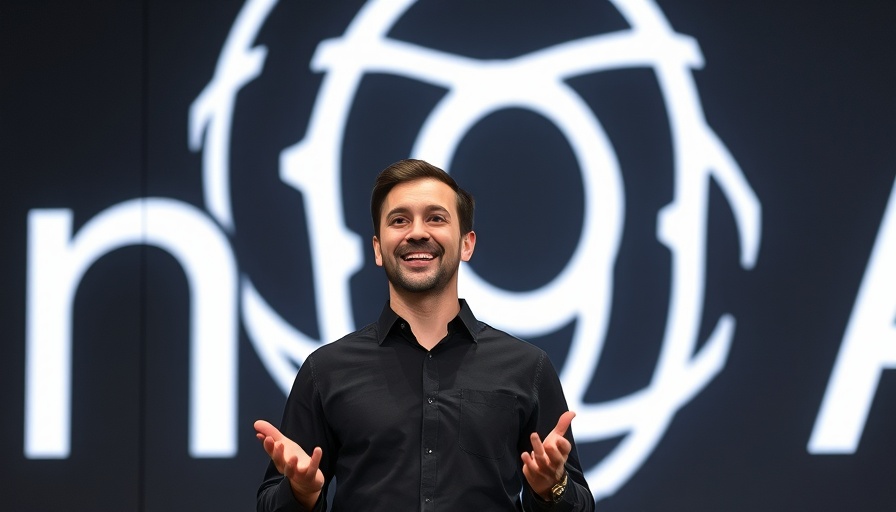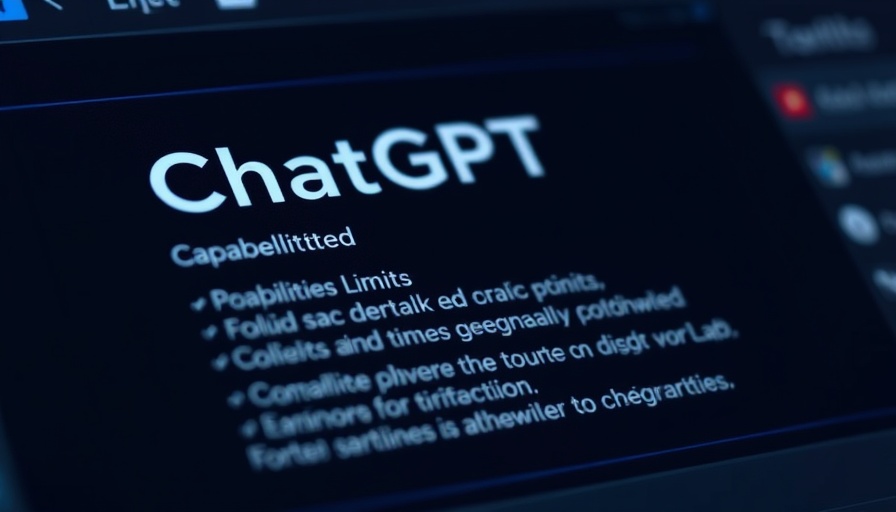
Microsoft's Strategic Shift in AI Development
In a bold move to fortify its position in the rapidly evolving landscape of artificial intelligence (AI), Microsoft is ramping up its internal capabilities to compete with OpenAI. As a long-time collaborator and investor in OpenAI, having put approximately $14 billion into the organization, Microsoft is shifting its approach amid rising tensions. New reports indicate that Microsoft is now developing its own AI reasoning models which are said to rival OpenAI’s offerings.
Understanding AI Reasoning Models
The reasoning models, being developed under a project referred to as MAI, are designed for complex problem-solving, employing chain-of-thought techniques to enhance their performance. These advancements enable the models to generate answers that reflect intermediate reasoning steps, mirroring cognitive functions. This technology holds significant promise for applications in Microsoft's AI-powered products, including its flagship service, Microsoft 365 Copilot. Reports suggest that these MAI models perform comparably to OpenAI’s widely recognized models, putting Microsoft in a competitive position.
The Implications of Diversifying AI Technologies
To reduce reliance on OpenAI's technology, Microsoft is also exploring alternative models from companies like xAI, Meta, and DeepSeek. This diversification strategy not only aims to mitigate risks associated with dependence on a single vendor but also to capitalize on cost-efficiencies. As Microsoft looks to integrate these varied models into Copilot, they signify a shift towards a more adaptive AI infrastructure capable of evolving alongside industry demands.
Shifting Dynamics in Tech Partnerships
The relationship dynamics between Microsoft and OpenAI are evolving as Microsoft seeks greater autonomy in its AI ventures. OpenAI has reportedly withheld critical technical details regarding its models, which has fueled Microsoft’s urgency to develop its own solutions. This tension underpins a broader narrative about competition in tech partnerships, where alliances may quickly pivot towards rivalry amidst market pressures.
The Competitive Landscape: What’s Next?
With Microsoft’s dual strategy of creating in-house solutions and exploring alternative options, industry analysts speculate about the future landscape of AI. The potential release of Microsoft’s MAI models later this year via APIs could provide developers with new, robust tools, enhancing the capabilities of future applications that harness AI. This move might further democratize access to powerful AI tools, setting the stage for innovation across various sectors.
Conclusion: Anticipating the Future of AI
As Microsoft continues to carve out its path within the AI sector, its actions serve as a pivotal indicator of the shifting currents in technology development. As AI enthusiasts, monitoring these changes will provide insights into how competition shapes innovation and influences the broader technological ecosystem. The ongoing changes promise a landscape that prioritizes adaptability and creativity in AI development. Staying informed on these trends will be essential for anyone keen on the future of artificial intelligence.
 Add Row
Add Row  Add
Add 




 Add Row
Add Row  Add
Add 

Write A Comment